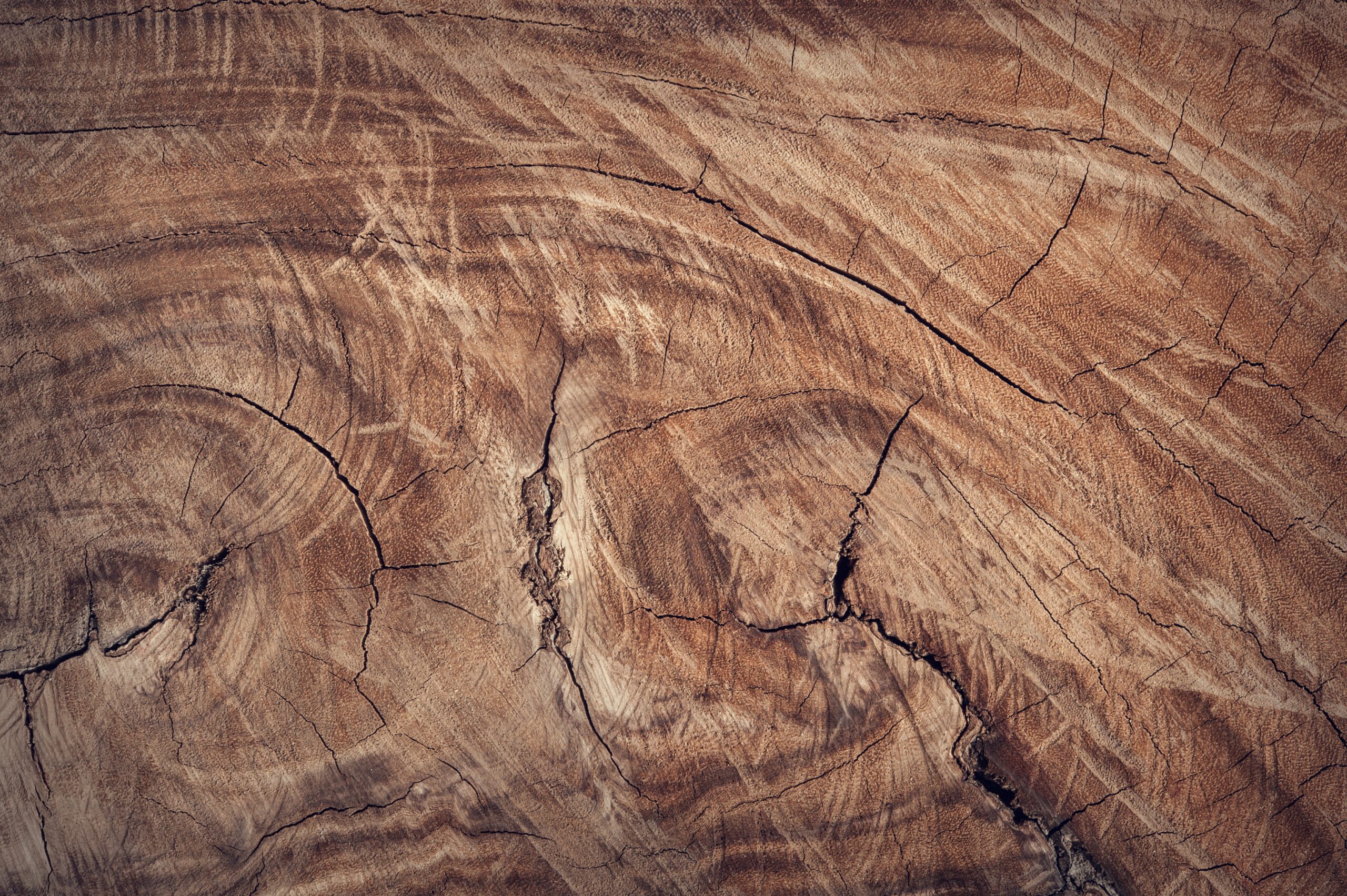Hey there! My name’s Joe, and I’m here to share a little story about my experience with staining wood. You see, a few years back, I decided to take on a little DIY project and refinish an old dresser I had picked up at a thrift store.
I figured it would be a cinch – just sand down the surface, apply some stain, and boom – brand new dresser, right?
Wrong. Oh boy, was I wrong.
I grabbed a can of regular stain from my local home improvement store and got to work. I slathered it on, waited for it to dry, and then applied a second coat. But when I went to wipe off the excess, things started to go awry.
The stain was blotchy and uneven, and no matter how hard I tried, I couldn’t get it to look smooth and even.
Feeling frustrated and defeated, I consulted with a woodworking friend of mine, who told me about the wonders of gel stain.
““Gel stain is like regular stain, but thicker and easier to work with,” he explained. “It won’t drip or run like regular stain, and it’s perfect for vertical surfaces or pieces with intricate details.”
Intrigued, I gave gel stain a shot on my next staining project, and let me tell you – it was a game changer. The gel consistency made it super easy to apply and control, and the final result was a smooth, even finish that looked professional. From then on, I swore by gel stain and haven’t looked back.
Table of Contents
What is Gel Stain?
Gel stain is a type of oil-based wood finish that has a thick, gel-like consistency. It’s made from pigments suspended in a binder, which allows it to be spread easily and evenly over surfaces without dripping or running.
Unlike regular liquid stains, which are absorbed by the wood and dry to a translucent finish, gel stain sits on top of the wood and dries to a solid, opaque finish. This makes it ideal for hiding imperfections or giving wood a uniform, finished look.
Why Use Gel Stain Over Regular Stain?
Gel stain has a few key advantages over regular liquid stains:
- Ease of use: Gel stain’s thick consistency makes it easier to apply and control, especially on vertical surfaces or intricate details. It’s also less messy and easier to clean up than liquid stains.
- Even coverage: Because gel stain doesn’t drip or run, it’s less prone to producing an uneven or blotchy finish. This makes it a great choice for novice woodworkers or anyone looking to achieve a professional-looking finish.
- Opaque finish: Gel stain’s solid, opaque finish is perfect for hiding imperfections or giving wood a uniform, finished look. It’s also great for blending mismatched woods or covering up previous finishes.
How to Use Gel Stain
Using gel stain is easy! Just follow these simple steps:
- Sand the wood: Sand the wood with fine-grit sandpaper to remove any roughness or imperfections. Wipe down the surface with a damp cloth to remove any dust or debris.
- Apply the gel stain: Using a clean, lint-free cloth or a foam brush, apply a thin layer of gel stain to the wood. Work in small sections, and be sure to apply the gel stain evenly and in the same direction as the grain of the wood.
- Wait for the gel stain to dry: Allow the gel stain to dry for the recommended amount of time, usually around 8-12 hours. Avoid touching or handling the wood during this time to avoid smudging the finish.
- Apply a second coat: If desired, apply a second coat of gel stain using the same method as the first coat. Allow the second coat to dry completely before moving on to the next step.
- Remove excess gel stain: Once the gel stain is dry, use a clean, dry cloth to wipe away any excess stain. Be gentle to avoid smudging the finish, and work in the same direction as the grain of the wood.
- Finish with a top coat: To protect your newly-stained wood, apply a clear top coat like polyurethane or varnish. Follow the manufacturer’s instructions for best results.
FAQ
Can I use gel stain on unfinished wood?
Yes, gel stain can be used on unfinished wood. However, it’s important to sand the wood and remove any roughness or imperfections before applying the gel stain. This will ensure an even, smooth finish.
Can I mix different colors of gel stain?
Yes, you can mix different colors of gel stain to create custom shades or tones. Just be sure to mix the stains thoroughly to avoid streaks or unevenness.
Can I use gel stain over painted wood?
Yes, you can use gel stain over painted wood. However, keep in mind that the final finish may not be as smooth or even as when using gel stain on bare wood.
You may also need to sand the painted surface lightly to rough it up and allow the gel stain to adhere better.
How do I remove gel stain?
To remove gel stain, use a chemical stripper or sand the wood down to the bare surface. Be sure to follow the manufacturer’s instructions and use protective gear when working with chemical strippers.
Wrapping it Up
In conclusion, using gel stain instead of regular liquid stain can make all the difference when it comes to achieving a smooth, even finish on your woodworking projects.
Its thick, gel-like consistency makes it easy to apply and control, and its solid, opaque finish is perfect for hiding imperfections or giving wood a uniform, finished look. So the next time you’re tackling a staining project, give gel stain a try – you won’t be disappointed!
